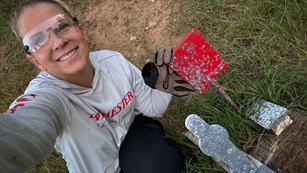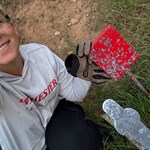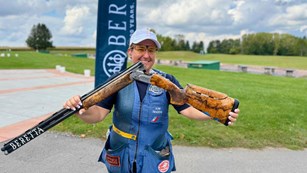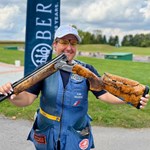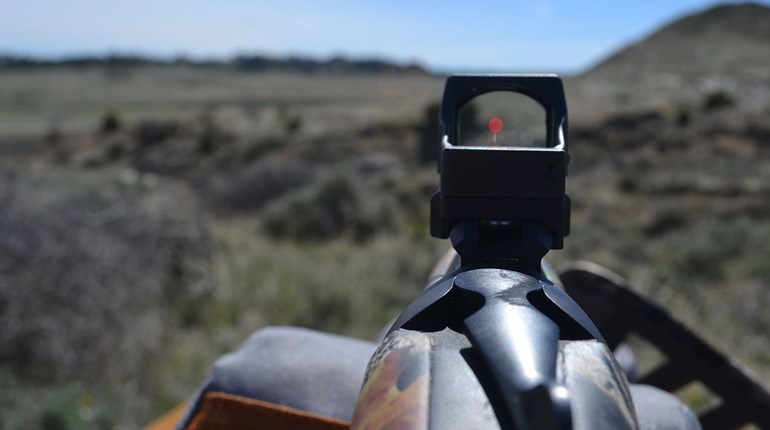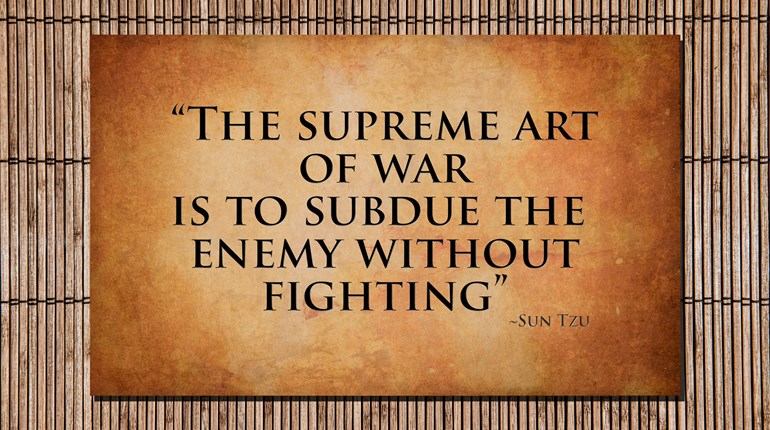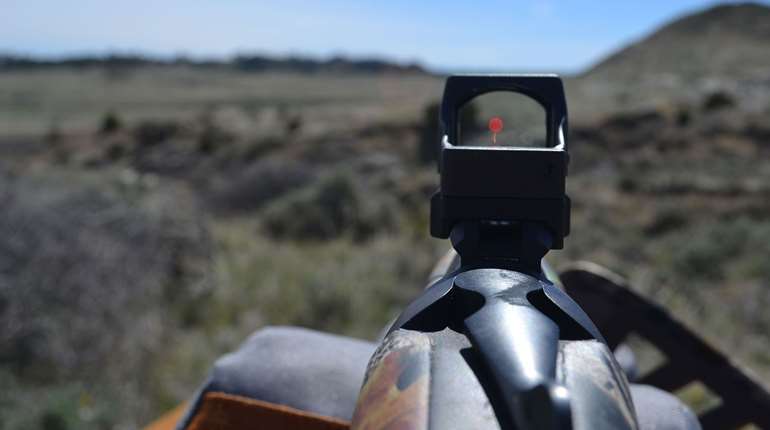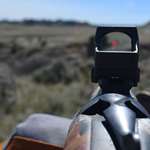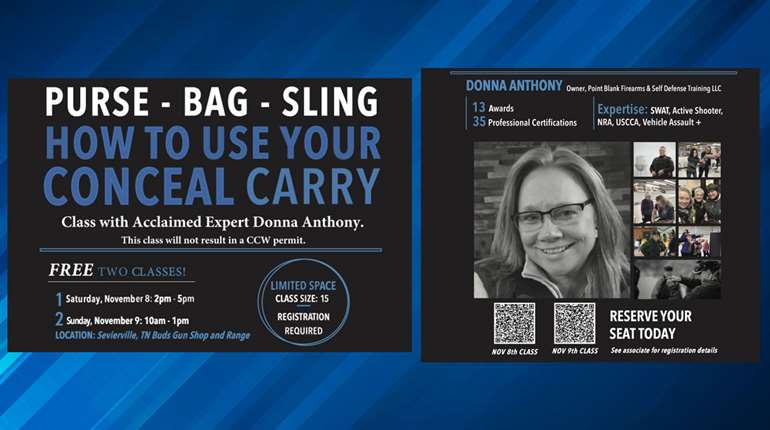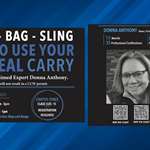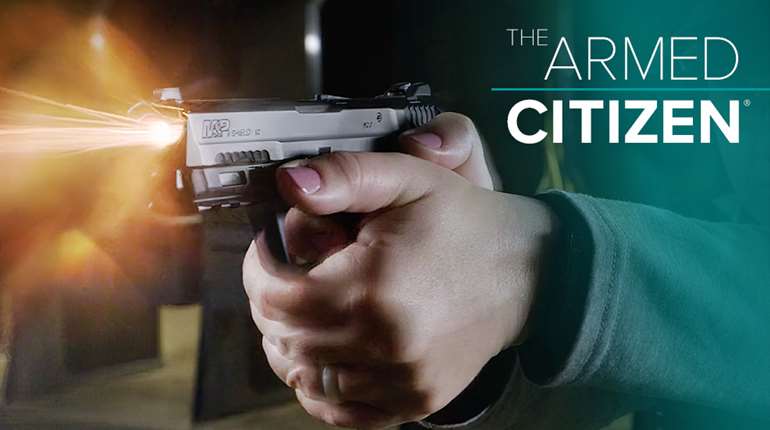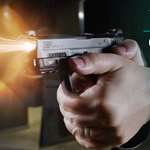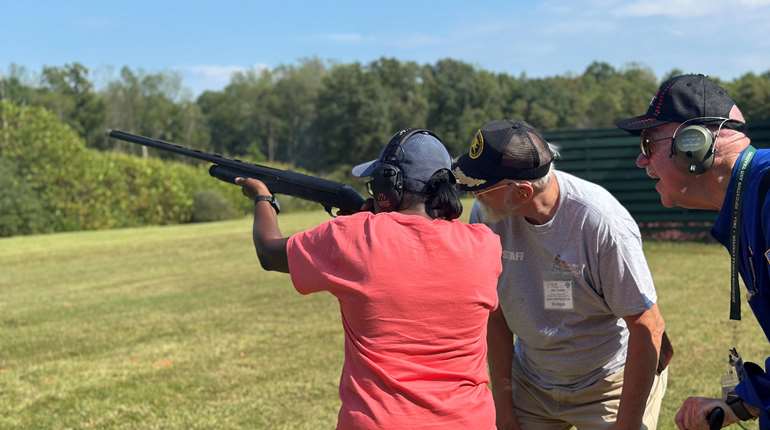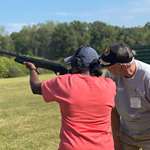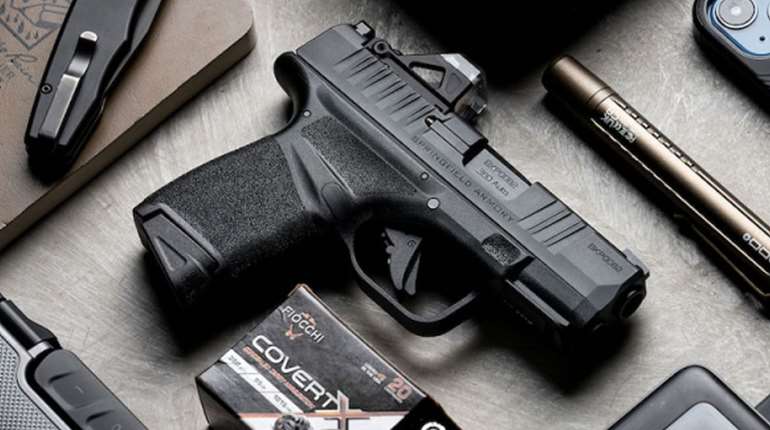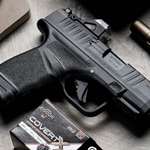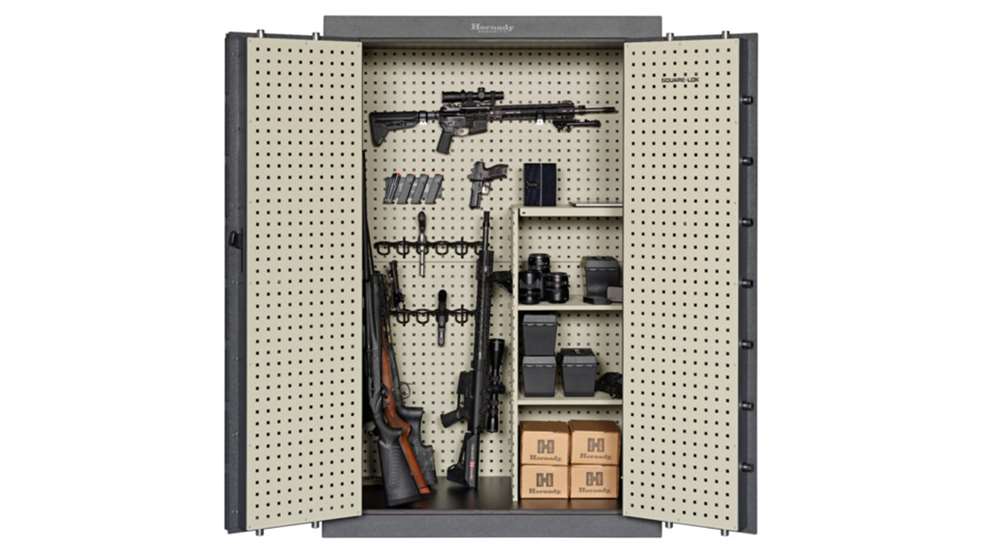
When it comes to keeping firearms secured from unauthorized use and from fire and theft, there’s no substitute (OK, except for maybe a walk-in vault room) for a good full-sized gun safe. There are myriad options on the market with a vast range of prices and features. How do you know what you need? What should you consider? Well, budget is a driving factor for most of us, but within your budget, you should understand the following features and considerations.
Capacity: First, how many guns do you want the safe to hold? Will it be mostly long guns, handguns or a good mix of both? Keep in mind that although a safe might say it will hold 32 long guns, rifles with scopes on them take up the space of two long guns, so that 32-long-gun safe will only hold about 16 scoped rifles. Generally, the larger the capacity, the more expensive the safe.
Organization: While you’re thinking about the guns you’re going to put in the safe, consider the interior organization, particularly if you plan to use it for a lot of handguns. In that case, you’ll want a door-mounted organizer/pocket system and lots of shelves rather than a tall, empty space meant just for long guns. Many full-size safes come with adjustable, removable shelves so you can customize the interior to your liking.
The Floor: Sticking with the interior topic, a sales associate at a sporting goods store gave me an excellent tip when I bought my first full-sized gun safe. Look for one with a flat, flush floor, he said—if you can avoid it, you don’t want a lip sticking up where the door meets the floor. Stocks and barrels have a tendency to bang themselves on that lip when you’re getting guns in and out. One of my safes has a lip and one does not; I use gun socks to protect my muzzles and buttstocks from dings and dents. This feature is not a deal-breaker by any means, but it’s nice to know.
Materials: Good gun safes are pretty much all made from pieces of steel welded together. How many pieces (and therefore how many welds) determine the strength of the safe—you’ll commonly find five-piece, three-piece or two-piece construction. The fewer pieces/welds, the stronger and therefore more expensive the safe (because welds are a potential weak spot where a thief might be able to peel the safe open). In addition, higher-gauge (thicker) steel is stronger and more expensive than lower-gauge steel. When dealing with steel gauge, the smaller the number, the thicker the steel. You’re most likely to see 7-gauge through 14-gauge steel used in gun safes. All are good steel, but the smaller/thicker, the stronger it will be.
Hinges: Safes come with either internal or external hinges. There are some exceptions to this, and it depends on the overall quality and construction of the safe, but in general, external hinges tend to be weaker but offer the big advantage of being able to open the safe door a full 180 degrees. Internal hinges allow for a narrower opening but leave less of a potential weak spot for a burglar to attempt to break. They also tend to be found on more high-end safes. In addition to internal vs. external, consider where you’re going to put the safe and in which direction you want the door to swing, hence which side you need the hinges on.
Locking Mechanism: For the most part, safes come with two methods of locking (not the lock itself; we’ll get to that in a second). Most common are thick round bolts that come out of the door and insert into the frame. Less commonly, you might see locking bars in some safes. Locking bars work similarly, but in the best cases, they are a solid piece of steel rather than welded- or screwed-together pieces like round bolts usually are. Therefore, when done properly, good locking bars are stronger than good or average round bolts. You can deep dive into this subject here.
Electronic vs Manual Locks: There are three main options for getting your safe open: Biometric locks, electronic keypad locks, and manual/mechanical locks. Mechanical locks—with a dial like you used on your high-school locker—are traditional and secure. They’re also considerably slower to use than a biometric or keypad lock, and if you forget the combination or ever want to change it, you’ll need to hire a locksmith. And of course, if you’ve got a touch of conspiracy theorist in you, you might like that a manual device cannot be hacked.
Digital keypad and biometric locks, on the other hand, are extremely fast to operate. As electronic devices, they do require batteries and are arguably more subject to malfunction. A digital keypad lock will typically come with a key in case the battery dies; you can remove the keypad and reveal a keyhole underneath that lets you into your safe. You can change the combination any time you like, and some safe companies retain a master code or other way to get into your safe if you somehow get yourself hopelessly locked out. Biometric locks are gaining in popularity, but reliability is not 100 percent (how many times has your iphone failed to recognize your fingerprint on the first try?). Their major benefit is how quick they are to use and their ability to limit access to authorized users.
Fire Rating: A safe’s fire rating tells you, at least in theory, how long the internal temperature of the safe will remain below the specified temperature. Lots of factors will affect this in reality, however, so take all fire ratings with a grain of salt. A fire rating of “UL 350 2-Hr” means the interior of the safe should remain at or below 350 degrees for two hours. Electronics and photos will be ruined past 150 degrees; paper is supposed to be good to 350 degrees, but this is not a guarantee. Guns vary based on their materials, but in general, firearms should be OK at 350 degrees, but just because a safe says it will maintain 350 degrees does not mean it actually will. Be aware that these ratings are largely unregulated, and guns can be damaged or ruined inside any safe depending on conditions.
In general, no safe is fireproof; they are only fire resistant, and only to a certain temperature for a certain time. I recommend at least a 350-degree, 1-hour fire rating; longer and hotter if you can afford it.
How Will You Get It Home and Where Will You Put It? Full-sized, steel gun safes are heavy. I vote for home delivery when possible, but make sure you know what delivery covers—many retailers or manufacturers will deliver a safe to your door and then it’s up to you to get it inside, which might or might not be particularly helpful. If you have a trailer and a hand truck and some strong friends to help you, you can pick up a safe and bring it home and install it yourself.
Decide where it’s going to go, keeping in mind the extreme weight. Any stand-up gun safe, especially once it’s full of firearms, is going to put a substantial load on your floor that might not be designed to support it. A concrete slab is ideal, but keep in mind that you don’t want a very hot and humid area and freezing temps aren’t great either, so a garage or unfinished basement is probably not the best spot. A climate-controlled area is what you’re looking for. If your house is built on a concrete slab, you’re in luck—the safe can go anywhere you want directly on that slab (i.e., not on the second story). If you have a crawl space or basement under your living space, place the safe on the first floor of your home next to a load-bearing wall, preferably an exterior one so you’re at one of the stronger points of the floor joists. You want to span as many joists as possible, perpendicular to the way the joists run, and you do not want this heavy load sitting at the midpoint of your joists, which is why interior walls are not the best option. Consider adding a steel support beam/jack or other means of supporting the floor under the safe.
Sagging floors and structural issues are no joke, so consult a builder or an engineer if you have to in order to protect your floor and your home. Anchoring the safe to the floor or, less optimally, the wall, is a good idea for theft protection, and many safes come with pre-drilled holes that make this easier.
Throw some dehumidifier rods, a bucket of DampRid or some other form of dessicant in there as a cheap form of protection from humidity and you’re good to go.
